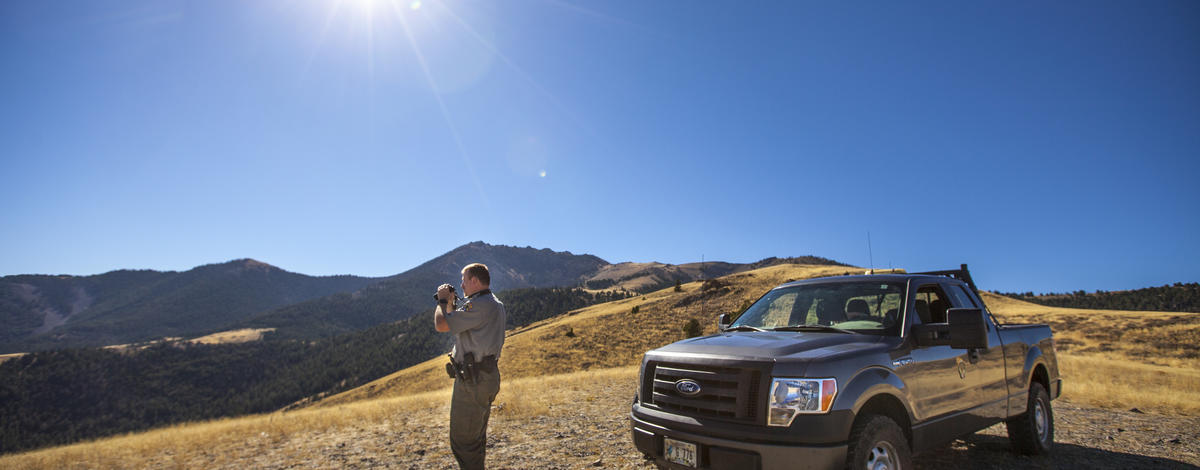Every year, Idaho Fish and Game conservation officers rely on citizen reports to identify and investigate wildlife violations throughout the state. Without dedicated sportsmen and women doing the right thing — making the call and reporting — many wildlife violations would go undetected, undocumented and unsolved.
Concerned citizens often ask how they can help or assist our officers. Simply put, one of the best ways to assist is to be a good witness.





